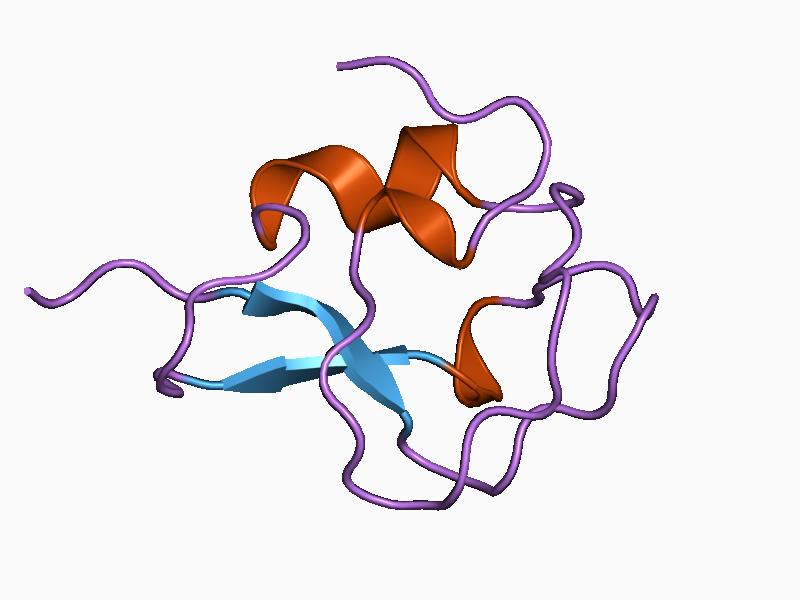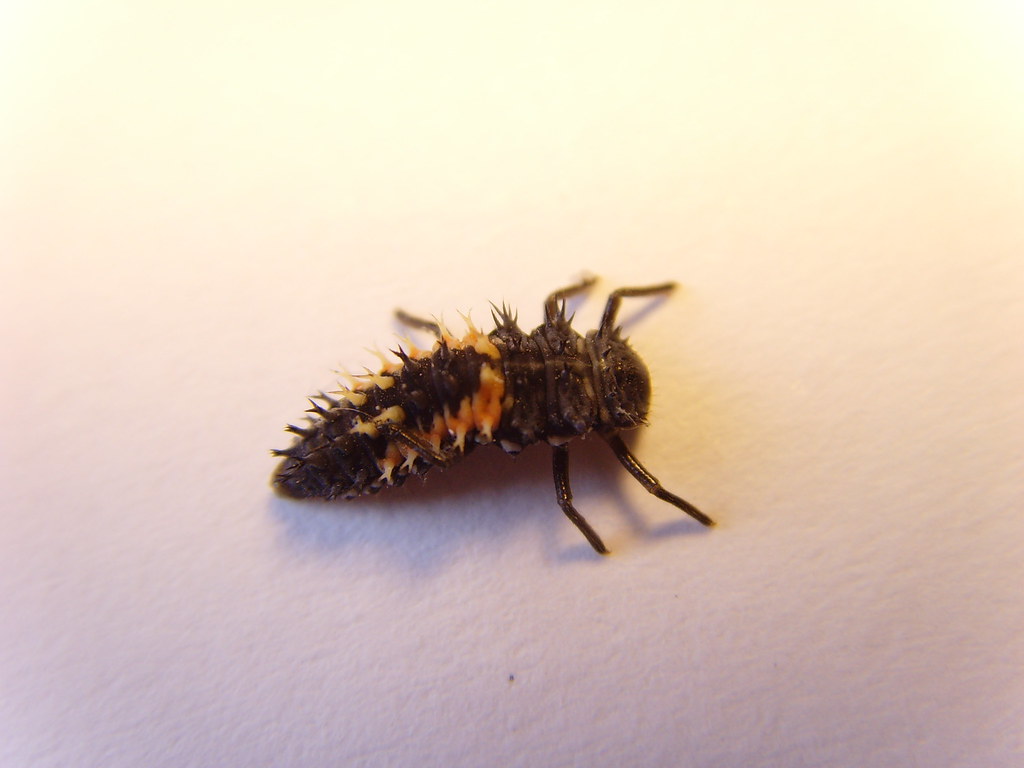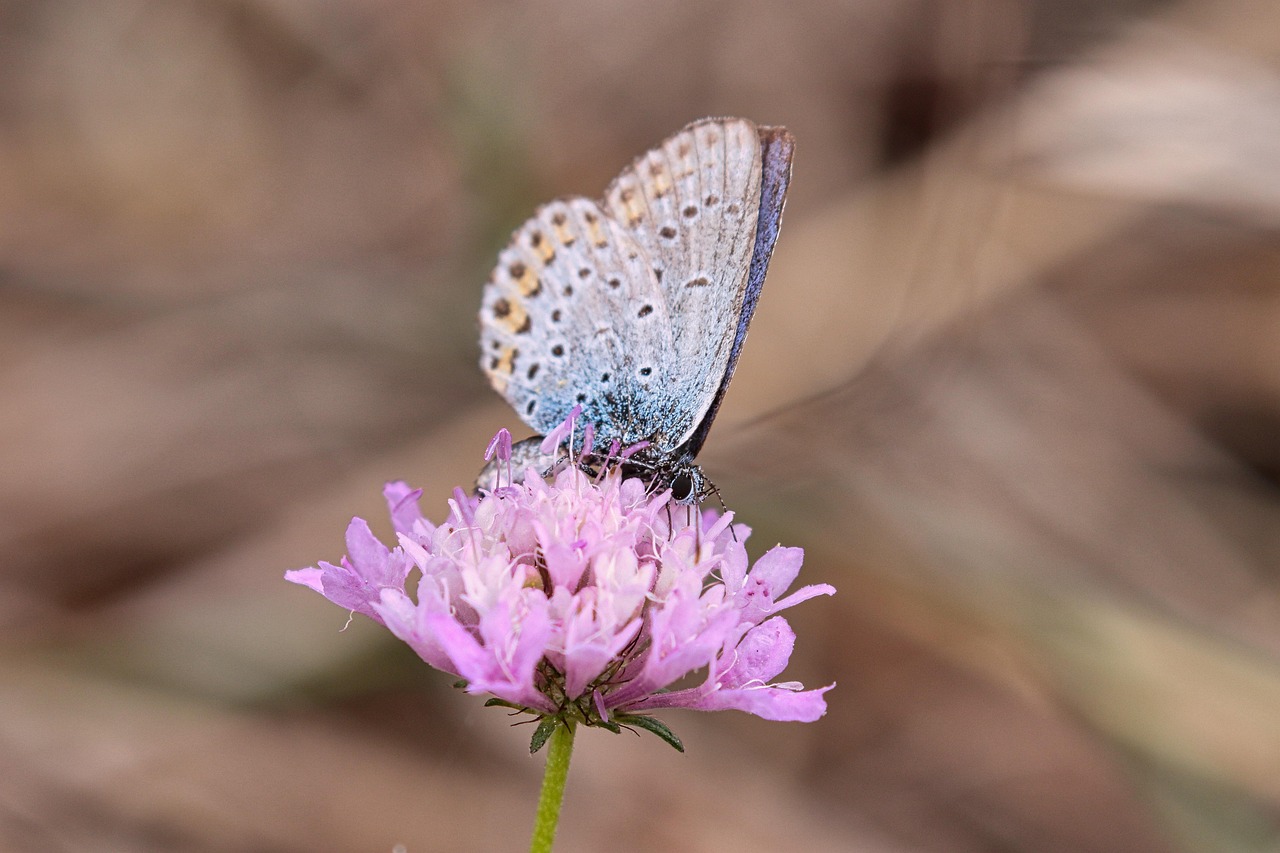Have you ever wondered why some insects seem to laugh in the face of winter’s most brutal temperatures? While most creatures would perish in sub-zero conditions, certain bugs have evolved remarkable survival strategies that allow them to endure freezing temperatures that would kill almost any other living organism. This extraordinary ability has puzzled scientists and nature enthusiasts for decades, revealing one of nature’s most fascinating survival mechanisms.
The Science Behind Freeze Tolerance
Nature has equipped certain insects with biochemical superpowers that sound like they belong in a science fiction movie. These remarkable creatures can literally freeze solid and then thaw out completely unharmed, continuing their lives as if nothing happened. This process, known as freeze tolerance, involves complex physiological adaptations that prevent cellular damage during the freezing process.
The secret lies in specialized proteins and sugars that act like biological antifreeze, protecting vital organs and tissues from ice crystal formation. When temperatures drop, these insects essentially enter a state of suspended animation, slowing their metabolism to nearly zero while maintaining just enough cellular activity to survive. It’s like having a built-in cryogenic chamber that can be activated at will.
Antifreeze Proteins: Nature’s Coolant System

Inside the bodies of freeze-tolerant insects, antifreeze proteins work like microscopic guardians, preventing ice crystals from forming in dangerous ways. These proteins bind to ice crystals and inhibit their growth, essentially controlling where and how freezing occurs within the insect’s body. Think of them as traffic controllers for ice formation, directing the process to happen safely.
Different species produce various types of antifreeze proteins, each tailored to their specific environmental challenges. Some insects can survive temperatures as low as -40°F (-40°C) thanks to these remarkable molecular machines. The proteins work by lowering the freezing point of body fluids and preventing the formation of large, damaging ice crystals that would puncture cell membranes.
Cryoprotectants: The Body’s Natural Preservation Fluid

Beyond antifreeze proteins, many freeze-tolerant insects produce cryoprotectants—special chemicals that act like natural preservation fluids. These substances, including glycerol, ethylene glycol, and various sugars, replace water in cells and tissues, preventing ice crystal formation from the inside out. It’s similar to how antifreeze protects your car’s engine, but infinitely more sophisticated.
The concentration of these cryoprotectants can increase dramatically as temperatures drop, sometimes making up as much as 20% of the insect’s body weight. This biological cocktail creates a glass-like state in the insect’s tissues, preserving cellular structures without the damage typically caused by ice formation. The process is so effective that some insects can remain frozen for months and still revive when temperatures rise.
Controlled Dehydration: Removing the Enemy
Water is the primary enemy when it comes to freezing damage, so many insects have evolved strategies to reduce water content in their bodies before winter arrives. This controlled dehydration process involves actively removing water from cells and tissues, concentrating protective substances in the remaining fluids. It’s like preparing for battle by removing the ammunition your enemy needs to hurt you.
Some species can reduce their water content by up to 60% while maintaining essential bodily functions. This dehydration happens gradually over weeks or months, allowing the insect to adjust to the changing internal environment. The remaining water becomes so concentrated with protective substances that it’s nearly impossible for damaging ice crystals to form.
Ice Nucleation: Controlling Where Freezing Happens
Rather than preventing freezing entirely, some insects have learned to control exactly where ice forms in their bodies. They produce ice nucleating proteins that encourage freezing to begin in specific, safe locations—typically in body fluids outside of cells rather than inside them. This strategic approach allows them to manage the freezing process like a controlled demolition.
By directing ice formation to extracellular spaces, these insects protect their vital organs and cellular structures from damage. The ice forms in designated areas where it won’t puncture cell membranes or disrupt essential biological processes. This controlled freezing is far less damaging than the random ice crystal formation that would occur naturally.
Metabolic Shutdown: Entering Survival Mode
When temperatures plummet, freeze-tolerant insects essentially flip a biological switch that puts their bodies into extreme power-saving mode. Their metabolic rate drops to just 1-2% of normal levels, requiring minimal energy to maintain basic cellular functions. This dramatic slowdown allows them to survive for months without food or water while frozen solid.
During this metabolic shutdown, heart rate, breathing, and brain activity all slow to barely detectable levels. The insect enters a state called cryptobiosis, where life processes are temporarily suspended but not permanently stopped. It’s like pressing pause on life itself, creating a biological time capsule that can be reactivated when conditions improve.
Supercooling: The Art of Staying Liquid Below Freezing

Some insects avoid freezing damage through a completely different strategy called supercooling, where they remain liquid even at temperatures well below the normal freezing point of water. This remarkable ability involves removing all potential ice nucleation sites from their body fluids, creating a state of suspended freezing that can persist for extended periods.
Supercooled insects can survive at temperatures as low as -58°F (-50°C) while remaining completely liquid inside. This process requires incredible precision, as even a single ice crystal forming anywhere in the body would trigger instant, catastrophic freezing. The insects must maintain perfect conditions to prevent any ice formation whatsoever.
Cellular Adaptations: Rebuilding for Survival
At the cellular level, freeze-tolerant insects have evolved numerous adaptations that protect their most vital components from cold damage. Cell membranes become more flexible at low temperatures, preventing them from cracking when frozen. Special proteins protect DNA and other crucial molecules from damage during the freezing and thawing process.
These cellular modifications include changes in membrane composition, enhanced repair mechanisms, and protective proteins that shield sensitive cellular machinery. The cells essentially become more resilient, able to withstand the physical stress of freezing and thawing cycles that would destroy normal cells. It’s like upgrading every component of a machine to handle extreme conditions.
Seasonal Preparation: Getting Ready for Winter
Freeze-tolerant insects don’t just flip a switch when winter arrives—they spend weeks or months preparing their bodies for the coming cold. This preparation involves gradually building up antifreeze proteins, increasing cryoprotectant concentrations, and modifying cellular structures to handle freezing temperatures. The process is triggered by environmental cues like decreasing day length and falling temperatures.
During this preparation phase, insects may stop eating, seek out protected locations, and begin the complex biochemical changes needed for survival. Some species even synchronize their preparation with seasonal changes, ensuring they’re fully ready before the first hard freeze. This advance planning is crucial for survival, as unprepared insects would quickly perish in freezing conditions.
Examples of Freeze-Tolerant Insects
The woolly bear caterpillar, which becomes the Isabella tiger moth, is perhaps the most famous freeze-tolerant insect. These fuzzy creatures can survive being frozen solid for months, enduring temperatures that would kill most other living things. They accomplish this feat through a combination of antifreeze proteins and cryoprotectants that protect their tissues during the freezing process.
Arctic ground beetles, certain species of flies, and some mosquito larvae also display remarkable freeze tolerance. Each species has evolved its own unique combination of survival strategies, from specialized proteins to behavioral adaptations that help them survive harsh winter conditions. These insects serve as living examples of nature’s incredible ability to adapt to extreme environments.
The Thawing Process: Coming Back to Life

Perhaps even more remarkable than surviving freezing is the process of thawing and returning to normal life. As temperatures rise, freeze-tolerant insects must carefully reverse all the adaptations that kept them alive during winter. This involves gradually removing cryoprotectants, restoring normal water content, and reactivating metabolic processes in a precise sequence.
The thawing process can take hours or even days, depending on the species and the duration of freezing. During this time, the insect’s body gradually returns to normal function, with cellular repairs taking place as needed. Some insects may take additional time to fully recover their strength and normal behavior patterns after extended periods of being frozen.
Evolutionary Advantages of Freeze Tolerance
The ability to survive freezing temperatures provides enormous evolutionary advantages, allowing insects to colonize habitats that would otherwise be uninhabitable. This adaptation has enabled certain species to thrive in Arctic and subarctic regions where few other creatures can survive. The competitive advantage is immense, as freeze-tolerant insects can exploit resources and ecological niches unavailable to their cold-sensitive relatives.
This remarkable adaptation also provides protection against unpredictable weather events and climate fluctuations. Insects with freeze tolerance can survive unexpected cold snaps that might wipe out entire populations of less hardy species. Over evolutionary time, this ability has allowed certain lineages to persist through ice ages and other periods of extreme cold.
Implications for Human Technology
Scientists are intensively studying freeze-tolerant insects to develop new technologies for organ preservation, cryogenic storage, and even space travel. The natural antifreeze proteins and cryoprotectants found in these insects could revolutionize medical procedures requiring tissue preservation. Understanding how these creatures survive extreme cold could lead to breakthroughs in extending human life or enabling long-term space exploration.
Researchers are already working on synthetic versions of insect antifreeze proteins for use in organ transplantation and food preservation. The potential applications are vast, from improving the storage of biological samples to developing new methods for preserving agricultural products. These tiny insects may hold keys to solving some of humanity’s most challenging technological problems.
Climate Change and Freeze Tolerance
As global temperatures rise, the remarkable freeze tolerance abilities of certain insects may become less crucial for survival in many regions. However, climate change also brings more unpredictable weather patterns, including sudden temperature drops that could make freeze tolerance even more valuable. The changing climate presents both challenges and opportunities for freeze-tolerant species.
Some scientists worry that warming temperatures could reduce the selective pressure that maintains freeze tolerance, potentially leading to the loss of these remarkable adaptations over time. Conversely, climate instability might favor insects with robust freeze tolerance, as they can better survive unexpected weather events. The long-term effects of climate change on these fascinating creatures remain an active area of research.
The world of freeze-tolerant insects reveals nature’s incredible capacity for innovation and adaptation. These remarkable creatures have evolved sophisticated biochemical systems that allow them to survive conditions that would be instantly lethal to most life forms. From antifreeze proteins to controlled dehydration, from metabolic shutdown to cellular modifications, every aspect of their survival strategy demonstrates the power of evolutionary adaptation. As we continue to study these extraordinary insects, we not only gain insights into life’s resilience but also discover potential solutions to human challenges in medicine, technology, and beyond. The next time you see a bug that seems impossibly hardy, remember that it might possess some of nature’s most sophisticated survival technology. What other secrets might these tiny survivors be hiding?
